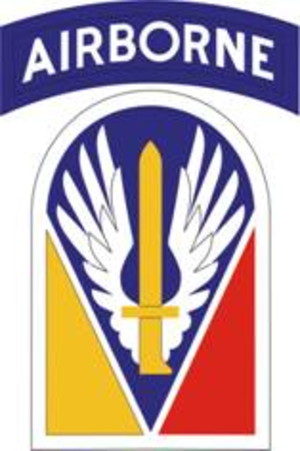

Fort Polk is a United States Army installation located in Vernon Parish, approximately ten miles east of Leesville, Louisiana, and thirty miles north of DeRidder in Beauregard Parish, Louisiana.
It was named in honor of the Right Reverend Leonidas Polk, the first Episcopal Bishop of the Diocese of Louisiana, and a distinguished Confederate general in the American Civil War. The post encompasses approximately 198,000 acres—100,000 acres are owned by the Department of the Army—98,125 acres by the U.S. Forest Service, mostly in the Kisatchie National Forest. Fort Polk is the only Combat Training Center that also trains and deploys combat units.
In 2013, there were 10,877 troops stationed at Fort Polk, which generated an annual payroll of $980 million. Louisiana officials lobbied the Army and the United States Congress to keep troop strength at full capacity despite looming defense cuts.
Fort Polk began as a base for the Louisiana Maneuvers in the 1940s. It served the 1st Armored Division in the 1950s, and became a basic training post during Vietnam War years of the 1960s and '70s. It hosted the 5th Infantry Division (Mechanized) in the 1970s-1980s, and the 2nd Armored Cavalry Regiment in the 1990s and the 1st Maneuver Enhancement Brigade, and the 162nd Infantry Brigade in the 2000s. Fort Polk is now home to the Joint Readiness Training Center (JRTC), the 3rd Brigade Combat Team, 10th Mountain Division, 115th Combat Support Hospital, U.S. Army Garrison and Bayne-Jones Army Community Hospital.
The land that is now Fort Polk is part of a region of cultural resources, including archaeological sites, historic houses and structures, and other sites of historical value. The U.S. Army has spent considerable time, effort, and money on locating, identifying, and inventorying thousands of archaeological sites on Fort Polk and the property owned by the U.S. Forest Service where the army trains.